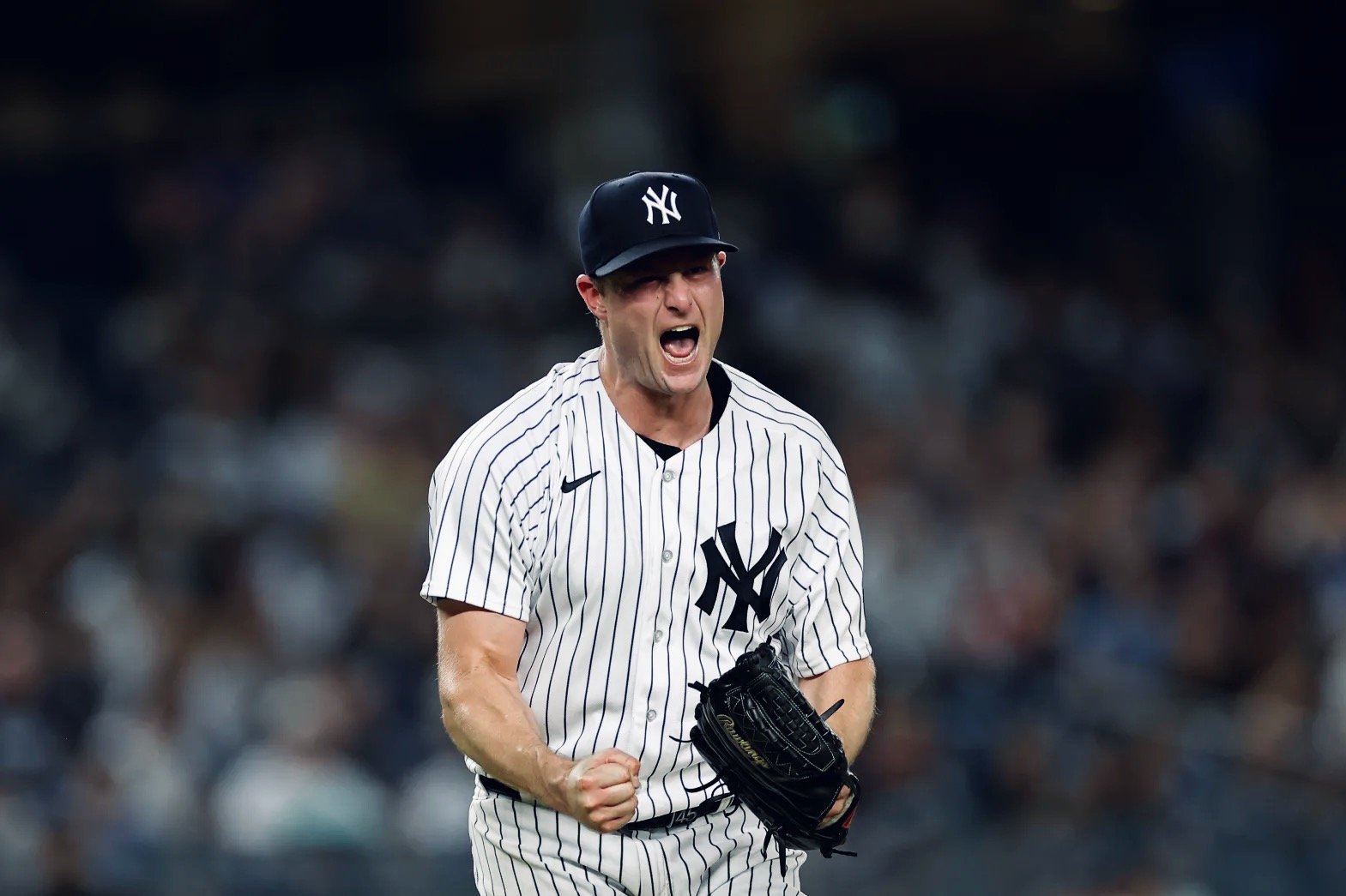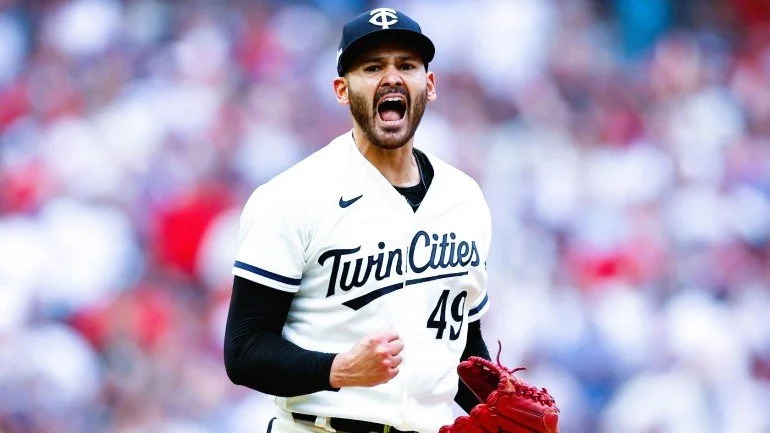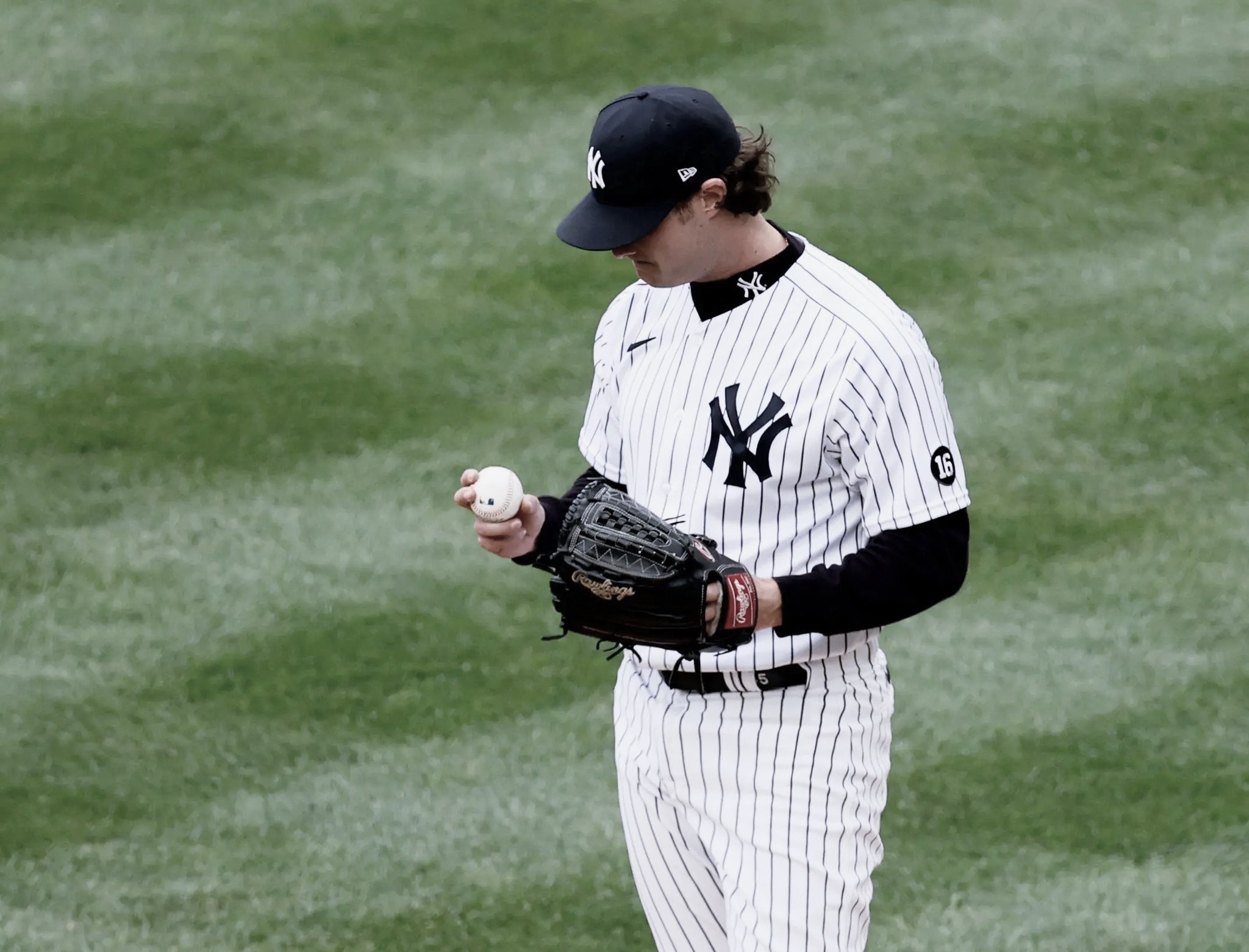
Predicting How Yamamoto Will Perform in the MLB
Yoshinobu Yamamoto is the top free agent starting pitcher this offseason, coming off three straight Sawamura Award seasons (top starting pitcher) and three straight Pacific League MVPs in Nippon Professional Baseball (NPB).
However, history shows that Japanese starting pitchers often struggle to replicate their performances upon transitioning to Major League Baseball (MLB). The MLB's typical five-day rotation allows for less recovery time between starts compared to the NPB's once-a-week rotation. In addition, there is a difference in the hitting approach between the MLB and the NPB, with the MLB favoring power hitting over contact. These discrepancies present a significant challenge for Japanese pitchers making the switch to the MLB.
In this analysis, I look into the eleven starters who have made the journey from the NPB to the MLB to attempt to answer how Yamamoto will perform in his new ballclub.
Photo Credit: Getty Images

Cole Wins Cy Young. How Did He Finally Succeed?
Gerrit Cole has finally done it. After two second place finishes, two fourth place finishes and one fifth place finish, the Yankee ace has locked down his first Cy Young award. Cole led American league pitchers in W-L%, ERA, games started, shutouts, innings pitched, ERA+, WHIP, hits/9, and bWAR. He is certainly deserving of the award, winning unanimously.
Cole’s bWAR in 2023 is even higher than his dominant 2019 season with the Astros in which he went 20-5 with a 2.50 ERA and led the league with 326 strikeouts, narrowly losing to teammate Justin Verlander in the Cy Young voting.
So why this year? How did he finally get there?
Photo Credit: NJ.com

Should Batters Have Two or More Swings?
In the world of baseball, both pitchers and batters are constantly strategizing to gain an edge. Pitchers carefully choose their pitches and arm angles based on the situation, while batters make subtle adjustments in their stances or even switch to lighter bats against particular pitchers.
But are batters fully utilizing the spectrum of swing varieties to maximize their performance?
Photo Credit: Mark J. Rebilas/USA TODAY Sports

When Should a Team Save its Ace for Game 2?
Game 1 of a playoff series; matchup of aces, and an electric pitchers’ duel coming up. Whether it's a three-game Wild Card Series, five-game Division Series, or seven-game Championship or World Series, seizing victory in Game 1 and exerting pressure on your opponent is vital.
It seems optimal to have your ace take the mound for that start, granting your team the flexibility to bring him back earlier in the series, and perhaps even from the bullpen in a critical do-or-die scenario. However, can there be exceptions to this conventional philosophy? If Game 1 entails facing off against an elite pitcher such as Randy Johnson, Pedro Martinez, or Jacob DeGrom, could it be wiser to hold your ace for Game 2 to enhance your overall series prospects?
In this analysis, I will explore how a team can alternatively structure its playoff pitching rotation to maximize its chance of winning the series.
Photo Credit: Jeff Zelevansky/Icon SMI

Paraball Win Share: A New Win Expectancy Tool
Watching the Wild Card Series the last few days, I’ve found myself thinking of win expectancy tools. Baseball has a long history of using empirical formulas to estimate a team's expected win total based on run differentials. This practice dates back to the days of the Bill James Pythagorean Theorem and has undergone refinement over the years. While run differential remains a powerful tool for assessing a team's quality independently of their win-loss record, it's not without limitations.
One notable flaw with the use of run differential is the consideration of blowout games. Every season there are teams that have many more blowout wins than losses, and teams that have many more blowout losses than wins. As a result, these teams have a skewed run differential and a skewed win expectancy. Not all runs should be treated equally; when a position player gives up 6 runs in the 9th to extend his team’s deficit to 16, those runs should be devalued.
This leads me to ask the question: Is there a better way to estimate win expectancy?
Photo Credit: Getty Images

Why Do Curveballs Have a Reverse Platoon Advantage?
A recent post by Tom Tango about platoon splits by pitch type revealed that changeups and curveballs are the two pitches with the most significant reverse platoon advantage - that is, right-handed pitcher changeups and curveballs are more effective against left-handed batters, and left-handed pitcher changeups and curveballs are more effective against right-handed batters. Changeups tail to the arm side and away from batters on the opposite side of the pitcher, so a reverse platoon advantage there is not surprising.
But why are curveballs more effective against batters with the opposite handedness of the pitcher? And how can pitchers use that to optimize their execution of curveballs?
Photo Credit: Yong Kim/Staff Photographer

How Will The Robo Ump Impact Pitch Types and Pitch Locations?
My previous analysis (Who Wants the Robo-Ump? And Who Doesn’t..) focused on which batters, pitchers, and catchers that will be most impacted by having a robot umpire - the automated strike zone (ABS) set to be introduced into the MLB some time in the next few years.
But how will pitch types and pitch locations be impacted by the ABS?
Photo Credit: Jason Szenes/EPA

Who Wants the Robo-Ump? And Who Doesn’t..
The Automated Ball-Strike System (ABS), also referred to as “the robot umpire”, is coming to Major League Baseball within the next few years. ABS will certainly have an impact on catchers, who are currently credited or discredited for Framing Runs based on their ability to pull borderline pitches into the strike zone and hold them for the umpire to believe they were strikes.
But how will ABS impact batters and pitchers? Will superstars no longer get superstar treatment on borderline calls? And who will ABS benefit more - pitchers or hitters?
Photo Credit: Bob Levey/Getty Images

What is Schmidt’s Optimal Pitch Mix?
Yankees pitcher Clarke Schmidt had a successful rookie season in 2022 as a reliever, posting a 3.12 earned run average (ERA) over 57.2 innings pitched. In 2023, when forced into the starting rotation due to injuries to Carlos Rodon, Luis Severino, and Frankie Montas, Schmidt struggled at first—his ERA at the end of April was 6.84. However, since the start of May, Schmidt has adjusted his pitch frequencies and has seen his ERA drop steadily to 4.54. After ace Gerrit Cole, Schmidt has been the most consistent starting pitcher for the Yankees in the second half of the season.
Watching Schmidt this season has me wondering how he can further realize his potential. What is the game theory optimal pitch distribution that he should use?
Photo Credit: AP Photo/Paul Sancya

Volpe’s Hitting Under the Microscope
There is no doubt that Yankees’ top prospect Anthony Volpe is having an exciting rookie season. On August 31st, he became the 15th rookie and first Yankees rookie to have 20 homeruns and 20 steals in a season - and the first Yankees shortstop to do so since Derek Jeter in 2004.
However, watching Volpe this season made me aware that his performance is more dependent on the count he is in compared to the average hitter. Let’s dig into the numbers and see how he can improve this.
Photo Credit: Brad Penner/USA TODAY

What Went Wrong with Bader?
After the Yankees’ 3-1 win over the Mariners on June 20th, Harrison Bader’s OPS was at a more than respectable .801, through 98 PAs and 407 pitches seen. However, as of Aug 28th, Bader’s OPS is down to .649. There’s no doubt that the former NL Gold Glove award winner has had a difficult stretch over the past 204 PAs and 718 pitches seen. In fact, Bader’s pitches per plate appearance dropped from 4.15 in the first stretch to 3.52 in the latter stretch. On August 29th, the Yankees placed Bader on waivers.
So what happened to Bader this season? And how can he turn his performance around? To answer this, let’s take a deep look into the numbers.
Photo credit: AP Photo/Noah K. Murray